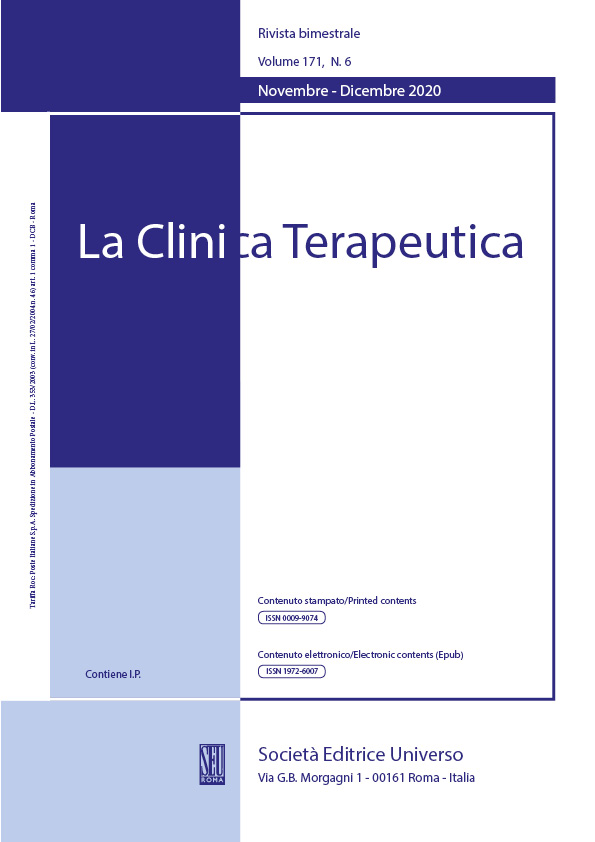Abstract
Post-traumatic gas gangrene is a rare but potentially life-threatening condition due to soft tissues infection by Clostridium species.
These anaerobic microaerophile bacteria are highly resistant to external insults related to their ability to produce spores, which can survive on any surface for long periods. Under certain conditions suitable for proliferation (such as in ischemic tissues), bacteria produce many toxins.
In particular, Clostridium perfringens type A represents the most frequent cause of traumatic gas gangrene nowadays. It produces toxins responsible for thrombotic and necrotic phenomena in soft tissues and rapid disease diffusion to muscles. Clinical manifestations usually start as local edema and emphysema but rapidly evolve into a septic state. Prognosis is poor in 20-30% of cases, and death occurs due to multiorgan failure. Because of its rapid evolution, clinical diagnosis is not always obtained, thus determining the need for post-mortem investigation. This case report presents a rare case of fulminant gas gangrene due to Clostridium Perfrigens infection developed after traumatic injury. Despite the prompt antibiotic administration and surgical intervention on the site of trauma, gas gangrene rapidly evolved into septic shock, leading to the patient’s death. Post-mortem investigations were conducted and confirmed multiorgan failure as the cause of death.
Cultural analysis was also performed but showed no bacterial growth.
Negativity on culture tests should be related to antibiotic administration before blood sampling and bacterial characteristics.
In such cases, the correct identification of the cause of death was only possible following a careful and detailed forensic methodological approach.
